More Than Flavor – Benefits of Growing Herbs Indoors
Imagine walking into your kitchen and being greeted not just by the promise of a delicious meal, but by a subtle, calming fragrance that seems to lift your spirits. Or picture this: fewer pesky kitchen flies buzzing around, not because of a chemical spray, but thanks to a charming pot of basil on your windowsill. This isn’t just a pleasant daydream; it’s the reality for those who embrace the simple magic of an indoor herb garden! For too long, herbs have been typecast merely as culinary enhancers, but here at SmallSpaceGardenPro.com, we know they are so much more.
Growing herbs indoors is a burgeoning trend for urban dwellers and small space enthusiasts, and it’s easy to see why. These versatile plants are multi-functional powerhouses, acting as natural air purifiers, pest deterrents, and even stress relievers, all while adding a touch of green beauty and, of course, incredible flavor to your cooking. This guide will explore the often-overlooked wellness benefits of cultivating common herbs right inside your home, proving that your tiny indoor garden can be a significant contributor to a healthier, happier, and more aromatic living space. Get ready to discover how these humble plants offer far more than just a tasty garnish!
Rosemary (Salvia rosmarinus) – The Herb of Remembrance and Resilience
Rosemary, with its distinctive piney aroma and robust, needle-like leaves, is a Mediterranean native that has been cherished for centuries, not just for its culinary uses but for its reputed ability to enhance memory and focus. Its strong scent can invigorate the mind, making it a great companion for a home office or study area. This hardy perennial is surprisingly adaptable to indoor life, provided its basic needs are met, bringing a touch of the Tuscan countryside to your small space.
Beyond its traditional uses in roasts and stews, indoor rosemary works hard for your well-being. It’s a resilient plant that, with a little care, can thrive and offer continuous benefits. Its woody stems and evergreen appearance also make it an attractive structural plant in your indoor garden collection.
Unique Indoor Benefits of Rosemary:
- Mental Clarity & Focus: The aroma of rosemary has been linked to improved concentration and memory recall, perfect for work-from-home setups or study nooks.
- Air Freshener & Mood Booster: Its strong, fresh scent naturally deodorizes indoor air and can have an uplifting effect on mood.
- Potential Pest Deterrent: The potent oils in rosemary can help deter certain common indoor flying insects.
Growing Tips for Indoor Rosemary:
- Light: Needs bright, direct sunlight for at least 6-8 hours a day. A south-facing windowsill is ideal.
- Watering: Allow the top inch or two of soil to dry out completely between waterings. Rosemary dislikes “wet feet” and is prone to root rot if overwatered. Ensure excellent drainage.
- Container Needs: A well-draining terracotta pot (6-10 inches depending on plant size) is excellent as it allows the soil to dry out more effectively. Use a gritty, well-aerated potting mix.
Suggested Product: Organic Rosemary Seeds
Start your rosemary journey from scratch with high-quality organic seeds. Growing from seed can be rewarding, though it requires patience as rosemary can be slow to germinate.
Lavender (Lavandula angustifolia) – The Calming Purple Panacea
Lavender, with its iconic silvery-green foliage and fragrant purple flower spikes, is synonymous with relaxation and tranquility. The very scent of lavender is often enough to evoke feelings of calm and peace. While traditionally an outdoor plant, compact varieties can be successfully grown indoors, bringing its soothing properties right into your living space, particularly bedrooms or quiet reading areas.
Imagine the gentle aroma perfuming your room, helping you unwind after a long day. Indoor lavender not only adds a touch of rustic elegance but also serves as a constant, subtle aromatherapy treatment. It’s a beautiful and functional addition to any small space needing a dose of serenity.
Unique Indoor Benefits of Lavender:
- Stress Reduction & Relaxation: The scent of lavender is widely recognized for its calming effects, helping to reduce anxiety and promote relaxation.
- Sleep Aid: Placing lavender in a bedroom can improve sleep quality due to its soothing aroma.
- Natural Moth Repellent: Dried lavender sachets are a traditional way to keep moths away from clothes; a living plant can also contribute to deterring some household pests with its fragrance.
Growing Tips for Indoor Lavender:
- Light: Requires very bright light, similar to rosemary – at least 6-8 hours of direct sun. A south-facing window is best. It will not flower well without sufficient light.
- Watering: Lavender prefers to be on the drier side. Water thoroughly when the top 1-2 inches of soil are dry, then allow it to dry out again. Excellent drainage is crucial.
- Container Needs: Terracotta pots are ideal for lavender as they allow for good air circulation and quick drying of the soil. Use a very well-draining, slightly alkaline potting mix (you can add a little sand or perlite). Choose compact varieties like ‘Munstead’ or ‘Hidcote’.
Suggested Product: Indoor Lavender Grow Kit
A complete lavender grow kit can simplify starting this fragrant herb indoors, often including a suitable pot, soil mix, and seeds of a compact variety.
Basil (Ocimum basilicum) – The Kitchen King and Cheerful Companion
Basil, with its lush green leaves and distinctively sweet, slightly peppery aroma, is a beloved staple in kitchens worldwide. It’s one of the easiest and most rewarding herbs to grow indoors, providing a constant supply for your pesto, pasta, and caprese salads. Its cheerful appearance and vigorous growth can brighten any sunny windowsill.
But basil’s benefits extend beyond the plate. Its fresh, clean scent can be invigorating, and some believe it can even help improve focus. Plus, having a pot of basil nearby is a simple way to bring a bit of summer into your home year-round, boosting your mood with its vibrant presence.
Unique Indoor Benefits of Basil:
- Natural Fly Repellent: The strong scent of basil is known to deter common houseflies and mosquitoes, making it a great kitchen companion.
- Mood Enhancer: The fresh, slightly sweet aroma can be uplifting and help create a positive atmosphere.
- Promotes a Sense of Freshness: Its vibrant green leaves and clean scent contribute to a feeling of cleanliness and vitality in the home.
Growing Tips for Indoor Basil:
- Light: Basil loves sun! It needs at least 6 hours of bright, direct sunlight per day. A south or southwest-facing window is ideal.
- Watering: Keep the soil consistently moist, but not waterlogged. Basil does not like to dry out completely. Water at the base of the plant to avoid wetting the leaves excessively.
- Container Needs: A 6-8 inch pot per plant is generally sufficient. Ensure good drainage. Basil can also be grown in self-watering pots.
- Tip: Pinch off the growing tips regularly (and use them!) to encourage a bushier plant and prevent it from flowering, which can make the leaves bitter.
Suggested Product: Small LED Grow Light for Herbs
If your windowsill doesn’t provide enough sun for basil, a small, full-spectrum LED grow light can make all the difference, ensuring lush growth even in darker months.
Mint (Mentha spp.) – The Invigorating Refresher and Tummy Tamer
Mint is an incredibly vigorous and easy-to-grow herb, famous for its refreshingly cool aroma and flavor that enlivens everything from teas and cocktails to desserts and savory dishes. There are many varieties, including peppermint and spearmint, each with its unique zest. Growing mint indoors means you always have fresh sprigs on hand to muddle, chop, or simply enjoy its invigorating scent.
This herb is a true workhorse. Its spreading nature, while a challenge in outdoor garden beds, is easily contained in an indoor pot. The very act of brushing past a mint plant can release its uplifting fragrance, offering a quick mental pick-me-up. It’s also traditionally used to aid digestion, making fresh mint tea a wonderful post-meal ritual.
Unique Indoor Benefits of Mint:
- Natural Air Freshener & Energizer: The strong, clean scent of mint naturally deodorizes and can provide an energizing lift to your mood and focus.
- Rodent & Ant Deterrent: Many homeowners find that the potent aroma of mint helps to deter mice, ants, and other common household pests.
- Aromatherapy for Alertness: Peppermint, in particular, is often used in aromatherapy to enhance alertness and combat fatigue.
Growing Tips for Indoor Mint:
- Light: Mint is adaptable and can thrive in full sun to partial shade. An east or west-facing window often works well.
- Watering: Mint prefers consistently moist soil. Don’t let it dry out completely, but also avoid waterlogged conditions.
- Container Needs: Crucially, always grow mint in its own pot! Its roots are invasive and will quickly take over any shared container. A 6-10 inch pot is usually adequate.
- Tip: Harvest mint frequently by snipping stems. This encourages bushier growth and prevents it from becoming leggy.
Suggested Product: Set of Decorative Small Herb Pots
Having a few stylish, individual pots is perfect for herbs like mint that need their own space, or for creating a varied windowsill herb collection.
Lemongrass (Cymbopogon citratus) – The Zesty Mosquito Repeller & Air Purifier
Lemongrass brings a wonderfully bright, citrusy aroma and flavor to your home and cooking, reminiscent of lemons but with earthy, grassy undertones. It’s a staple in many Asian cuisines and makes a refreshing tea. While it can grow quite large outdoors in tropical climates, it can be successfully managed indoors in a pot, especially if started from stalks from the grocery store or as a smaller plant.
Beyond its culinary appeal, lemongrass is well-regarded for its natural insect-repelling properties, particularly against mosquitoes. Its fresh scent also acts as a natural air purifier, helping to clear stale odors and create a more vibrant indoor atmosphere. Having a pot of lemongrass near a patio door or window can be both practical and sensorially delightful.
Unique Indoor Benefits of Lemongrass:
- Natural Mosquito Repellent: The citronella oil naturally present in lemongrass is a well-known mosquito deterrent.
- Air Cleansing & Deodorizing: Its strong, clean citrus scent helps to purify indoor air and neutralize unpleasant odors.
- Stress Relief & Calming Aroma: The scent of lemongrass is often used in aromatherapy to reduce anxiety and promote a sense of calm and well-being.
Growing Tips for Indoor Lemongrass:
- Light: Lemongrass thrives in full sun, needing at least 6 hours of direct sunlight daily. A very sunny south-facing window is essential.
- Watering: It prefers consistently moist soil, especially during active growth. Do not let it dry out completely, but ensure good drainage to prevent root rot.
- Container Needs: A larger pot (at least 10-12 inches in diameter and depth, or a 5-gallon container) is needed to accommodate its grassy, clumping growth habit.
- Tip: You can start lemongrass from fresh stalks purchased at an Asian market – simply place them in a glass of water until roots develop, then plant in soil. Harvest outer stalks near the base once the plant is established.
Suggested Product: Organic Lemongrass Seeds
For those who want to grow lemongrass from the very beginning, organic seeds offer a great start to cultivate this fragrant and useful herb.
The Aromatherapy Advantage: Scent-sational Wellness
The power of scent is profound. Simply having fragrant herbs like lavender, rosemary, or mint growing indoors provides a constant, subtle form of aromatherapy. Different herbal scents can trigger various physiological responses:
- Lavender & Chamomile (if you grow it): Known for promoting calmness and aiding sleep.
- Rosemary & Peppermint: Can enhance focus, memory, and alertness.
- Citrus Scents (Basil, Lemongrass): Often uplifting and can help reduce stress and fatigue.
Naturally Repel Pests Without Chemicals
Tired of swatting flies or dealing with pesky mosquitoes indoors? Certain herbs are natural pest deterrents due to their potent essential oils. Strategically placing these herbs can help create a less inviting environment for unwanted guests:
- Basil: Deters flies and mosquitoes. Excellent for kitchen windowsills.
- Lavender: Repels moths, fleas, mosquitoes, and flies.
- Mint (especially Peppermint): Deters ants, spiders, mosquitoes, and even mice.
- Rosemary: Can repel mosquitoes and some types of flying insects.
- Lemongrass: Its citronella scent is a well-known mosquito repellent.
While not a foolproof pest-elimination system, an indoor herb garden can certainly contribute to a more naturally pest-free home, reducing the need for chemical sprays.
Easy Indoor Wellness Upgrades: Beauty and Purity
Beyond targeted benefits like pest control or aromatherapy, indoor herbs offer simple yet impactful wellness upgrades:
- Beautification & Biophilia: Plants inherently make spaces more beautiful and welcoming. The presence of greenery connects us to nature (biophilia), which is proven to reduce stress and enhance creativity. A small, thriving herb garden adds life and vibrancy to even the most minimalist decor.
- Improved Air Quality (Modest but Present): While you’d need a jungle to significantly purify a large room, all plants, including herbs, contribute to air quality by absorbing carbon dioxide and releasing oxygen. Some studies suggest certain plants can filter common indoor air pollutants. Though the effect from a small herb garden is modest, every little bit helps create a fresher indoor environment.
- A Sense of Accomplishment & Mindfulness: The act of caring for plants – watering, pruning, observing their growth – is a mindful activity that can be very grounding and rewarding. Successfully growing something, especially something you can eat or use, boosts self-esteem and provides a gentle routine.
Conclusion: Herbs – Your Small Space Wellness Allies
Growing herbs indoors offers a delightful fusion of practicality, beauty, and well-being that extends far beyond their culinary contributions. From the memory-boosting aroma of rosemary to the fly-repelling qualities of basil and the calming scent of lavender, these easy-to-grow plants can truly transform your indoor environment and enhance your quality of life in a small space.
So, why not start your own indoor “Herbin’ Wellness” garden today? Choose a couple of your favorite herbs from this guide, find a sunny spot, and embark on a rewarding journey that will engage your senses, improve your home atmosphere, and maybe even make your meals a little more delicious. The benefits are truly more than just flavor!

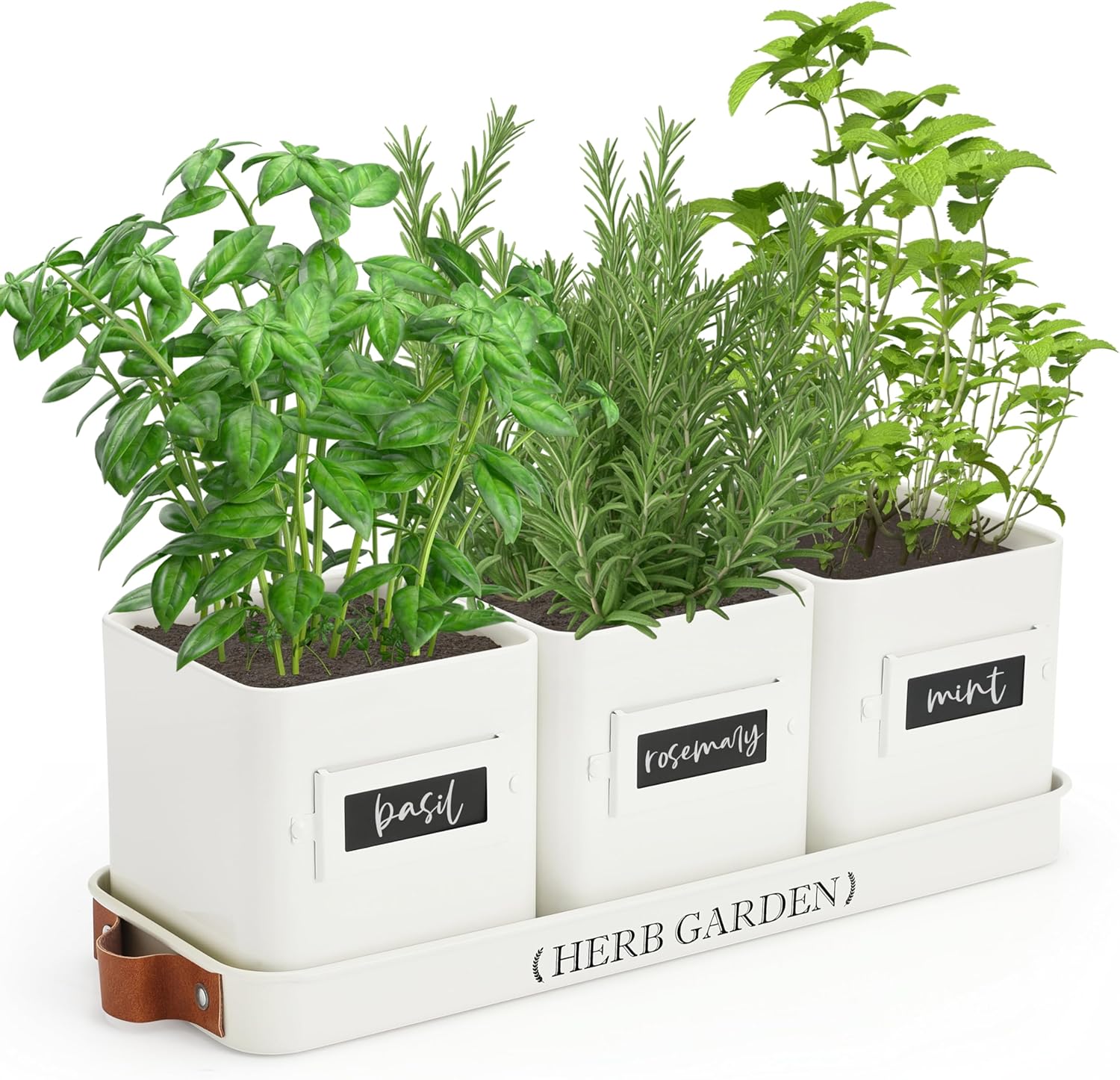

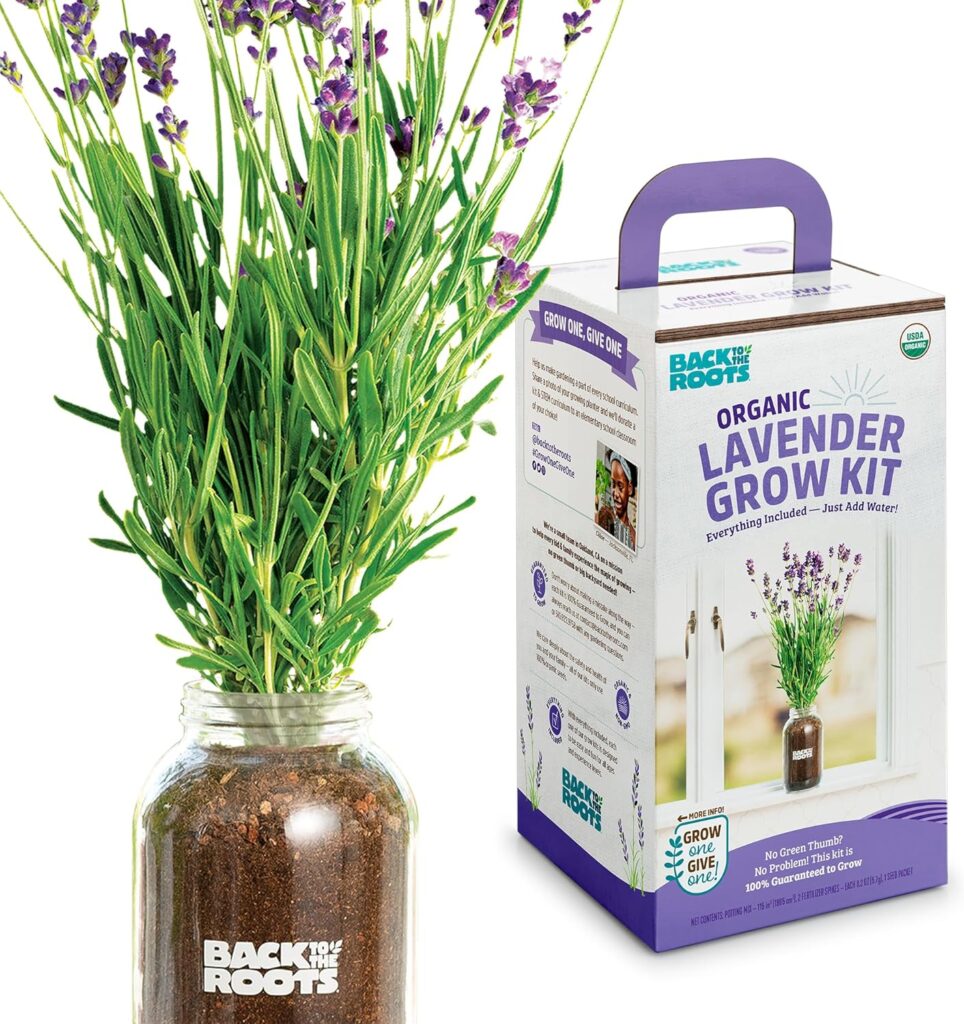
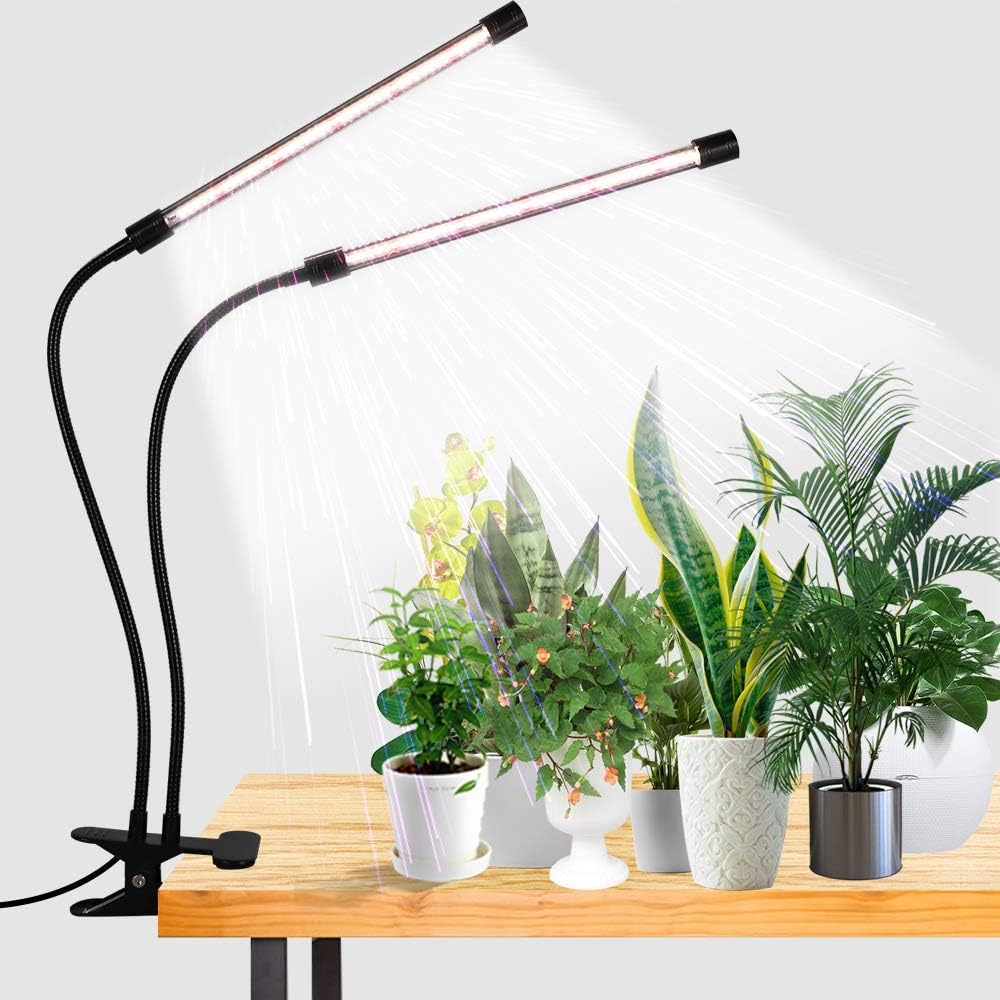
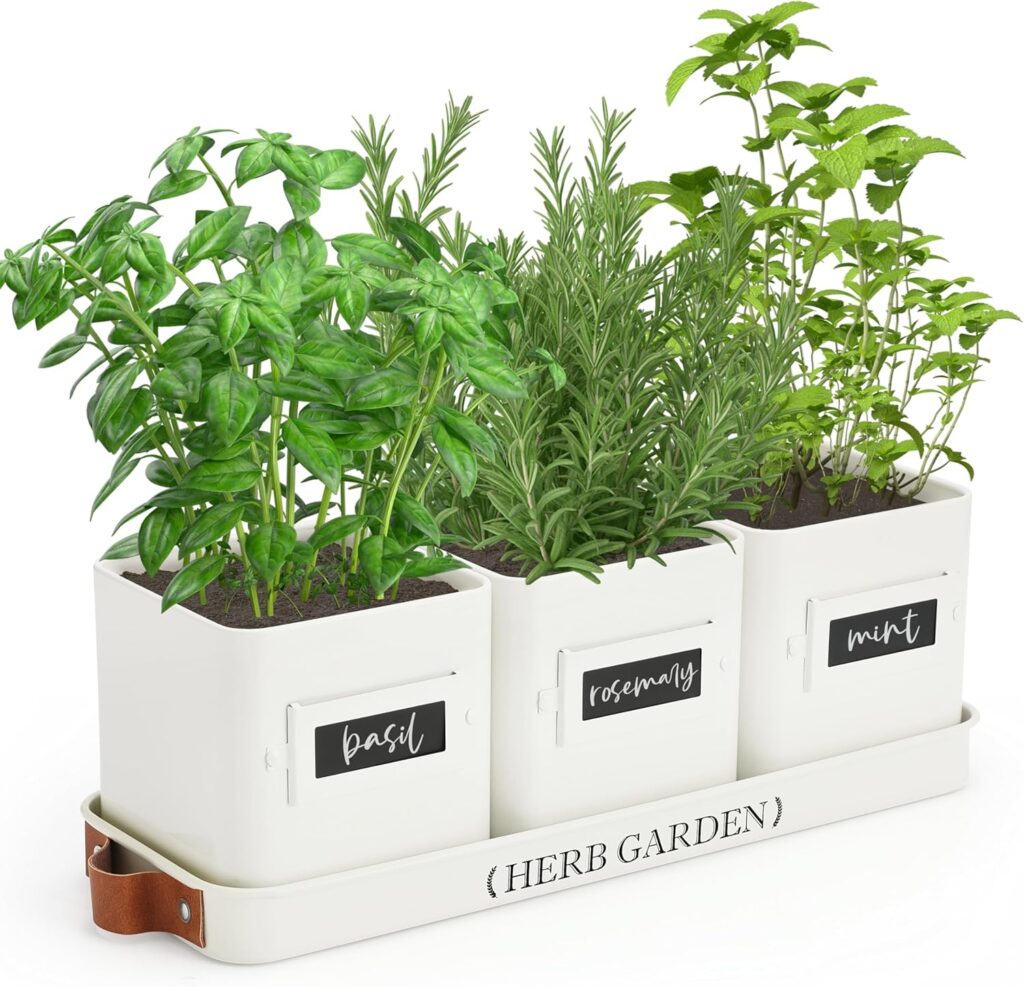
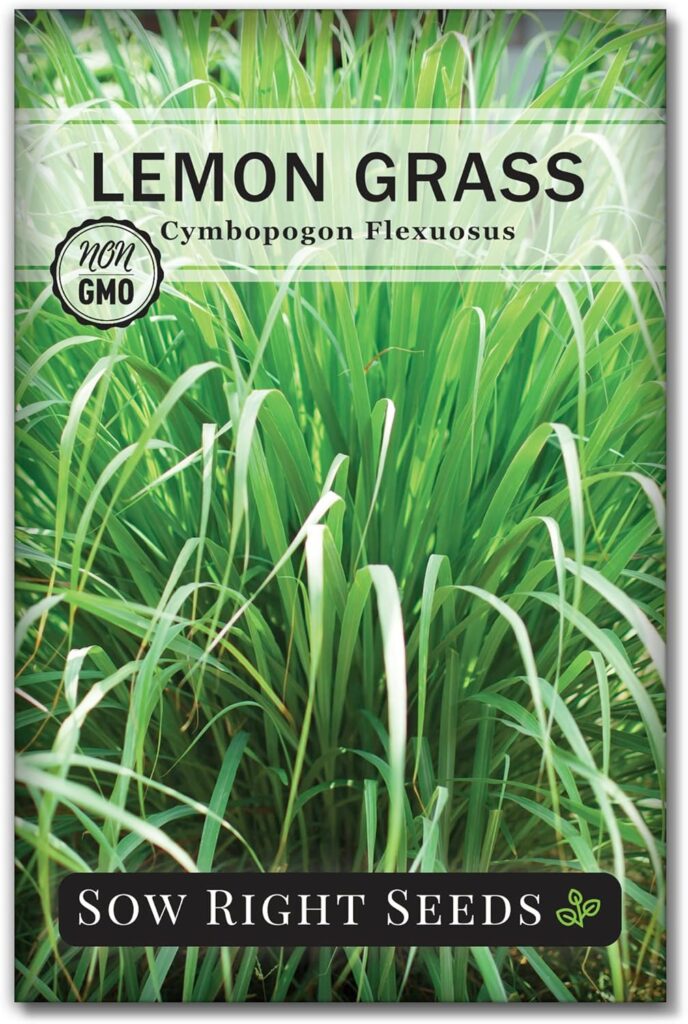
Leave a Reply